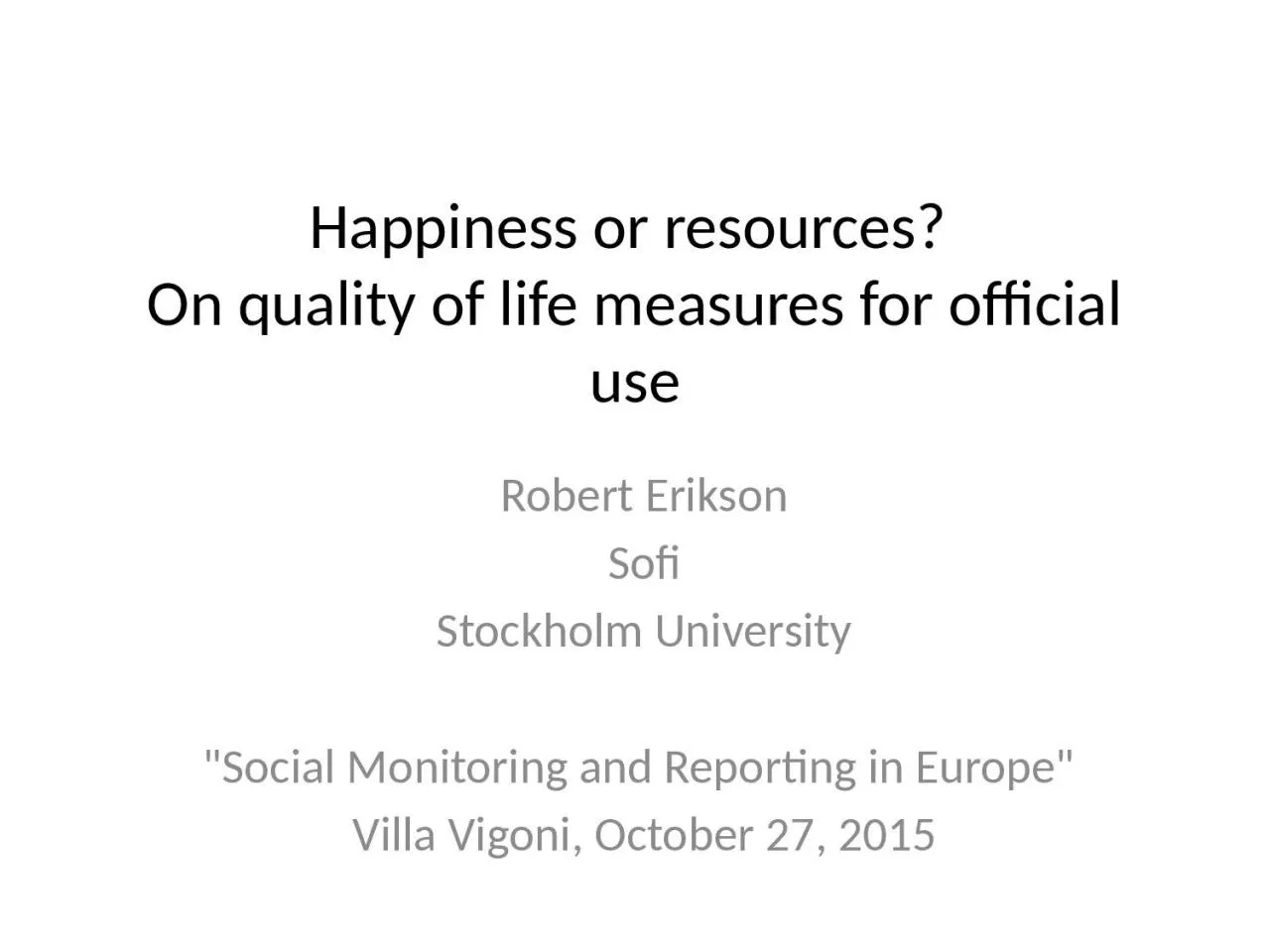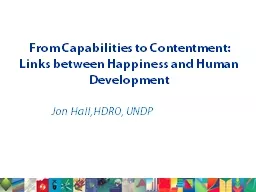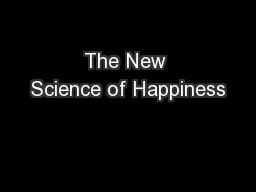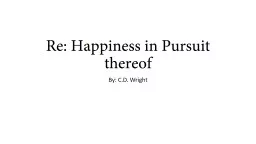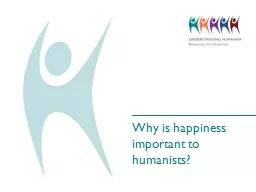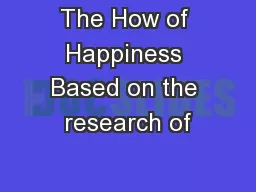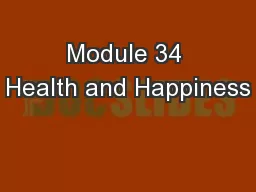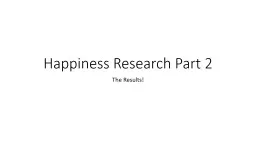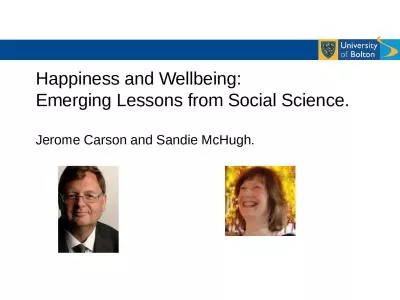PPT-Happiness or resources?
Author : yvonne | Published Date : 2023-07-28
On quality of life measures for official use Robert Erikson Sofi Stockholm University Social Monitoring and Reporting in Europe Villa Vigoni October 27 2015
Presentation Embed Code
Download Presentation
Download Presentation The PPT/PDF document "Happiness or resources?" is the property of its rightful owner. Permission is granted to download and print the materials on this website for personal, non-commercial use only, and to display it on your personal computer provided you do not modify the materials and that you retain all copyright notices contained in the materials. By downloading content from our website, you accept the terms of this agreement.
Happiness or resources?: Transcript
Download Rules Of Document
"Happiness or resources?"The content belongs to its owner. You may download and print it for personal use, without modification, and keep all copyright notices. By downloading, you agree to these terms.
Related Documents

